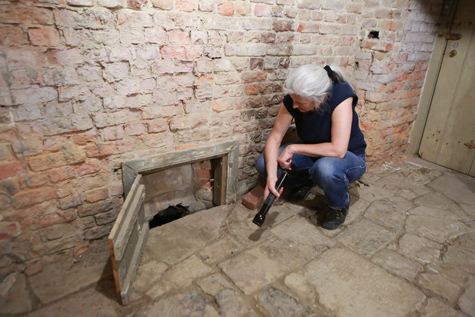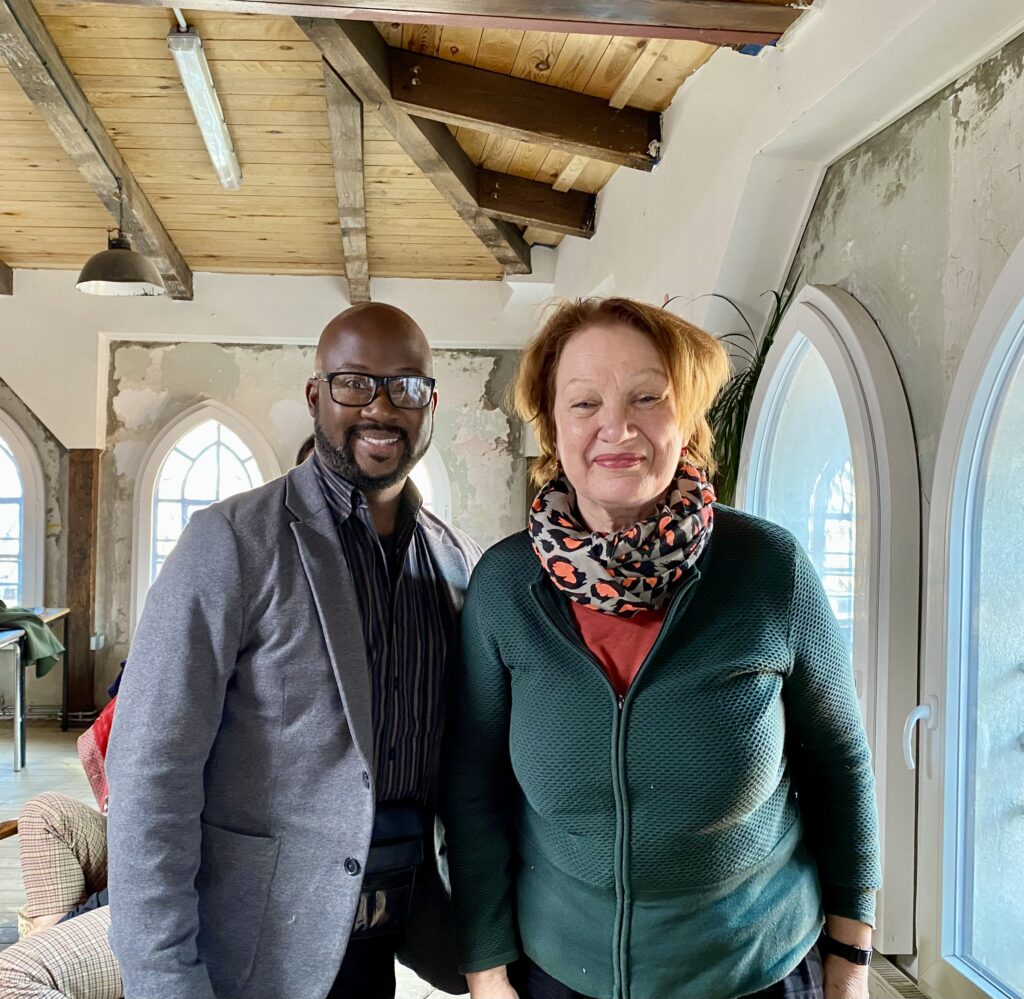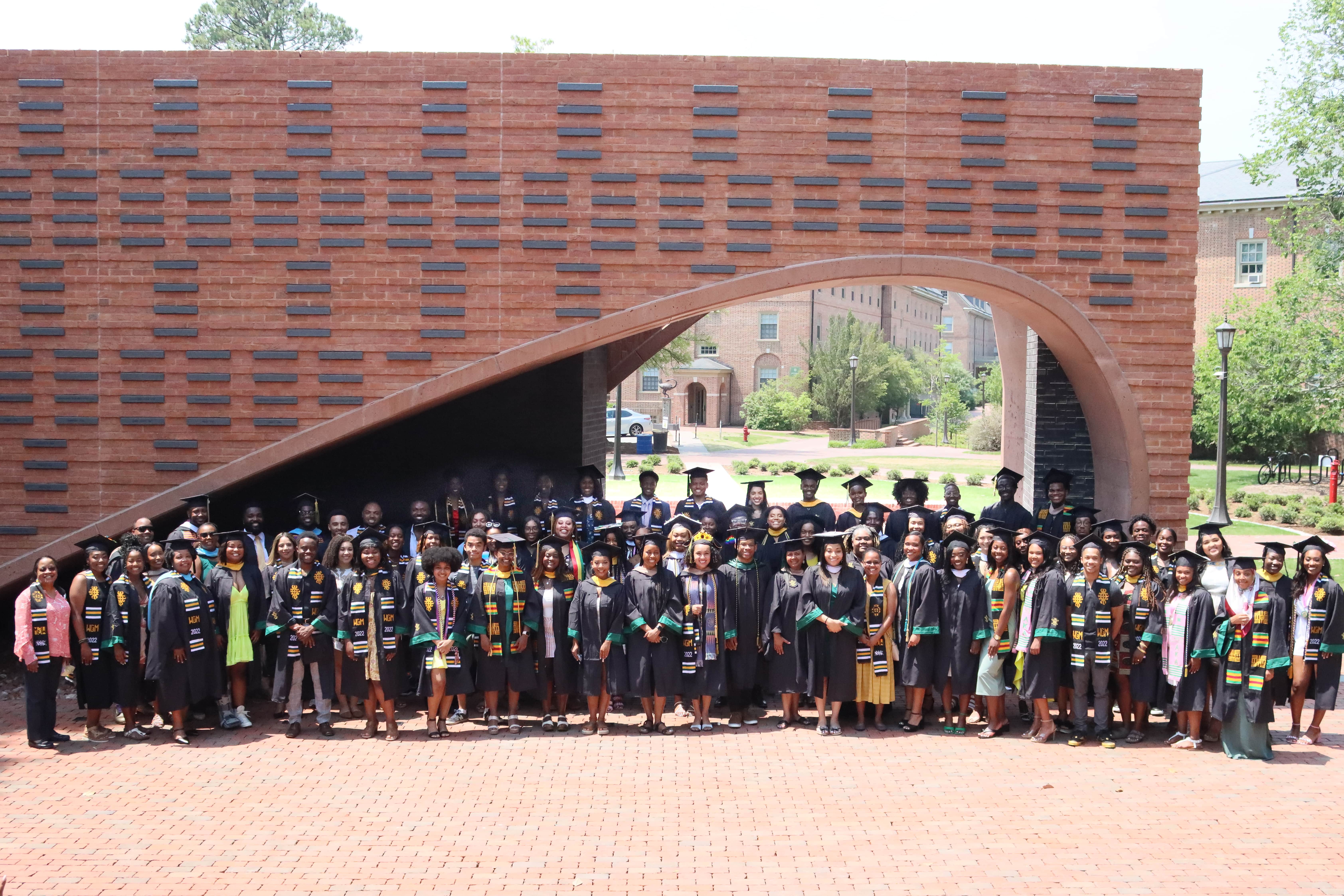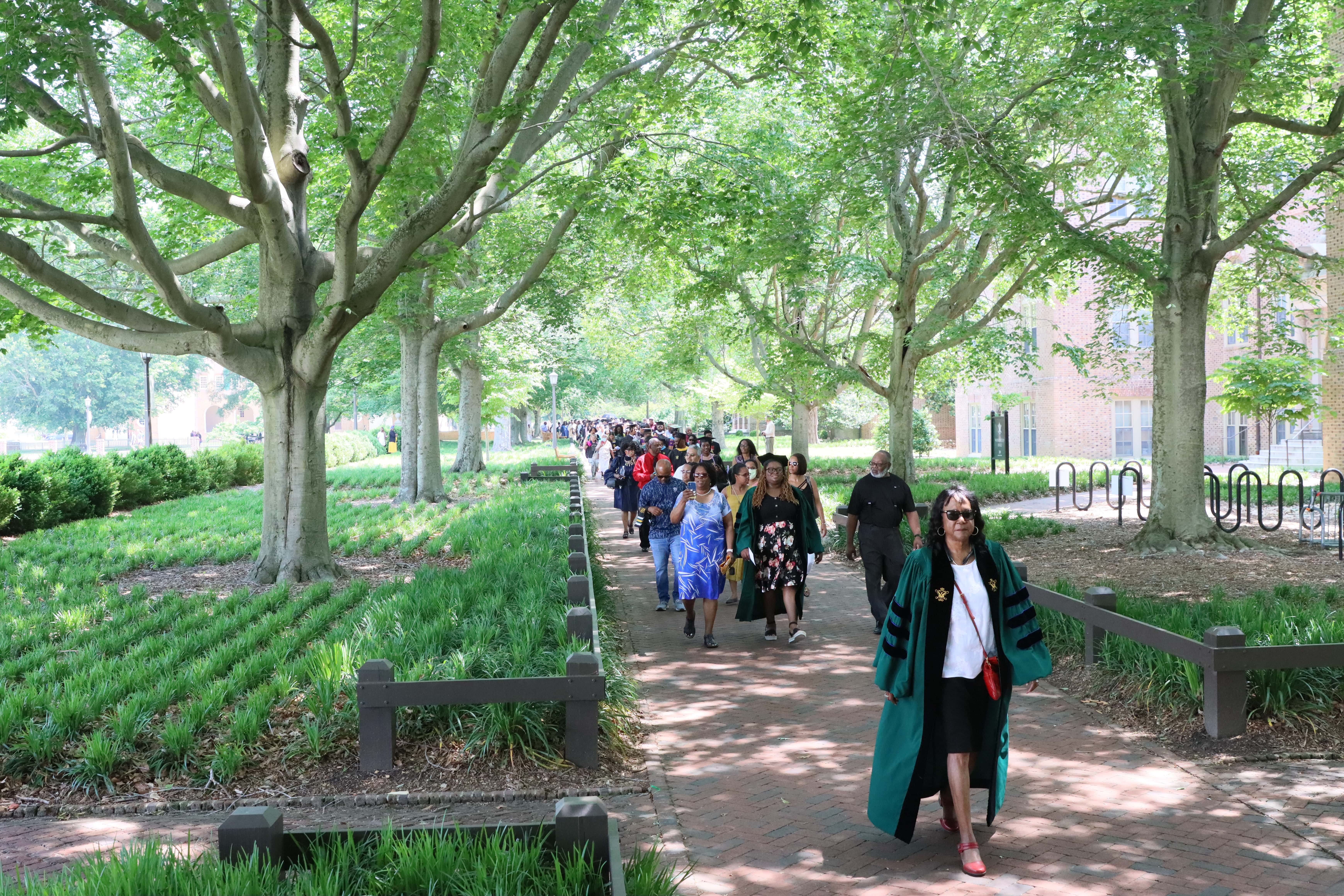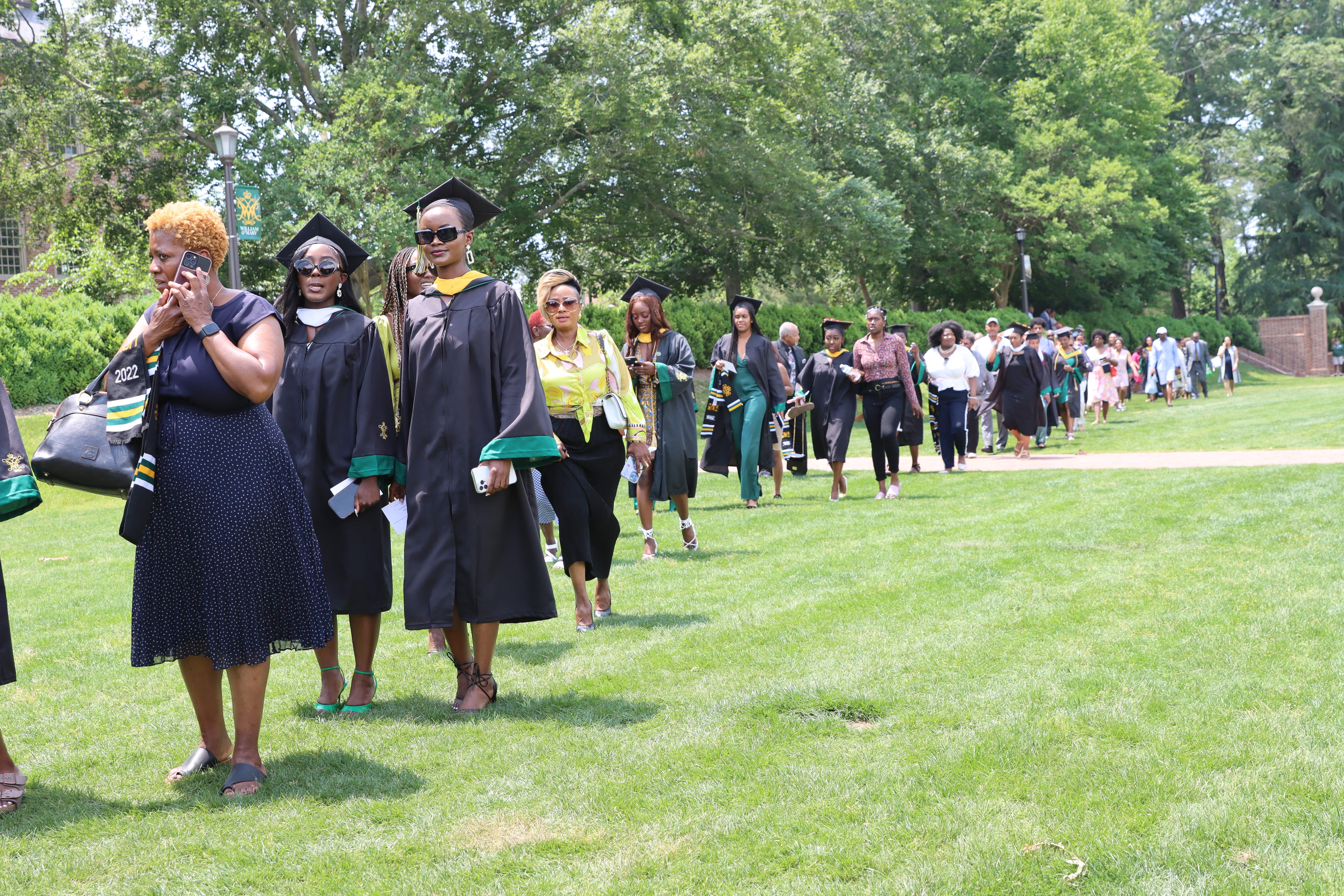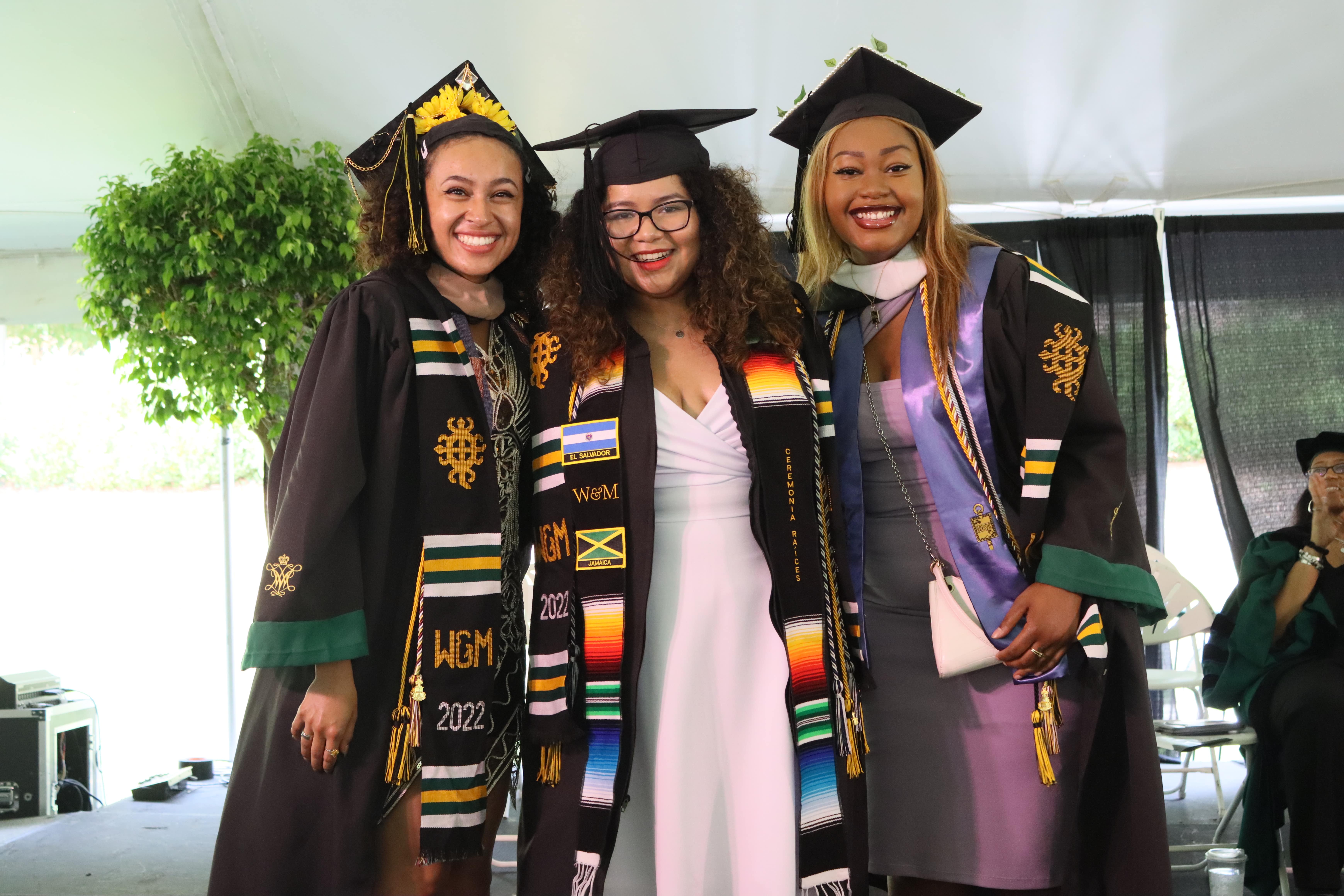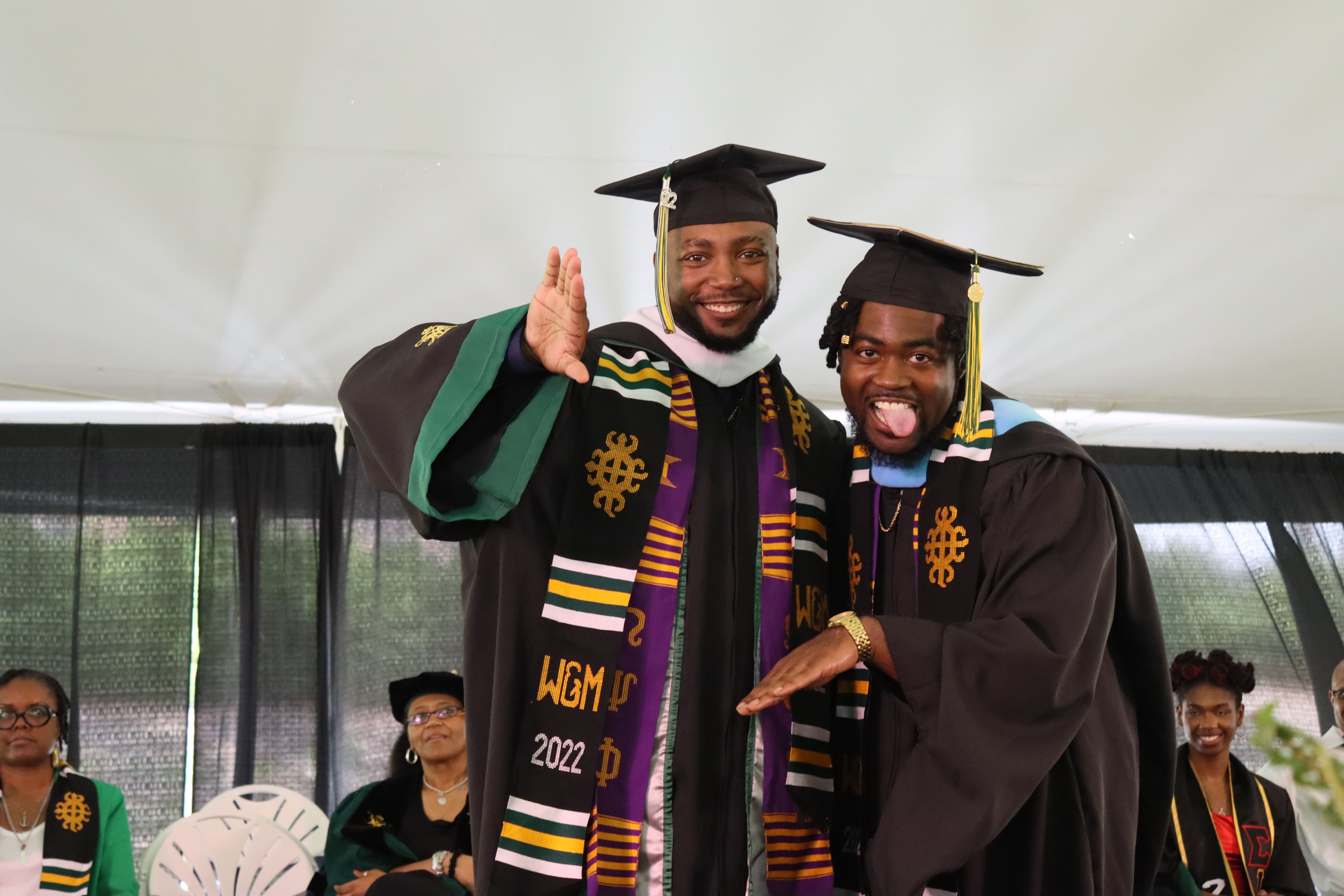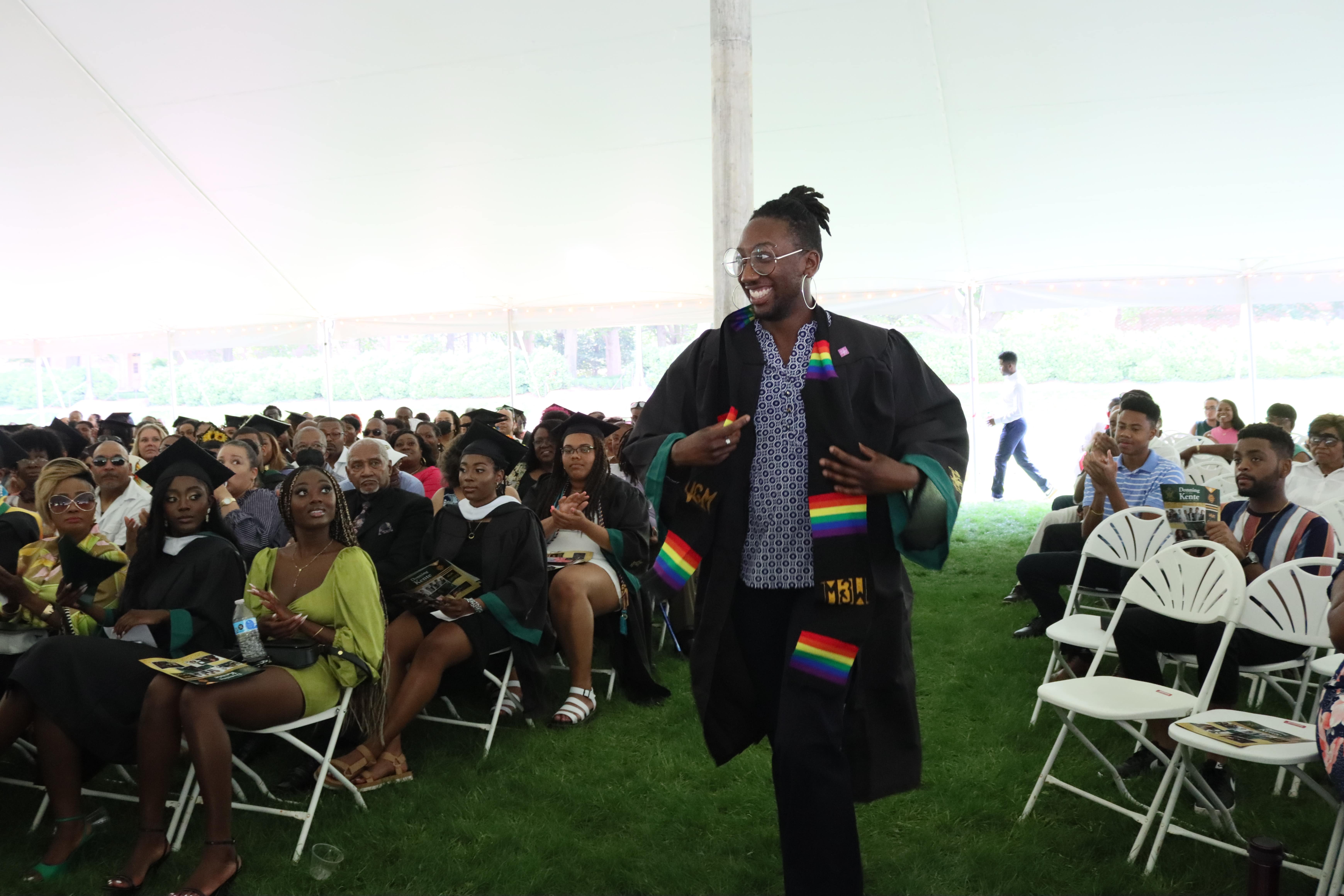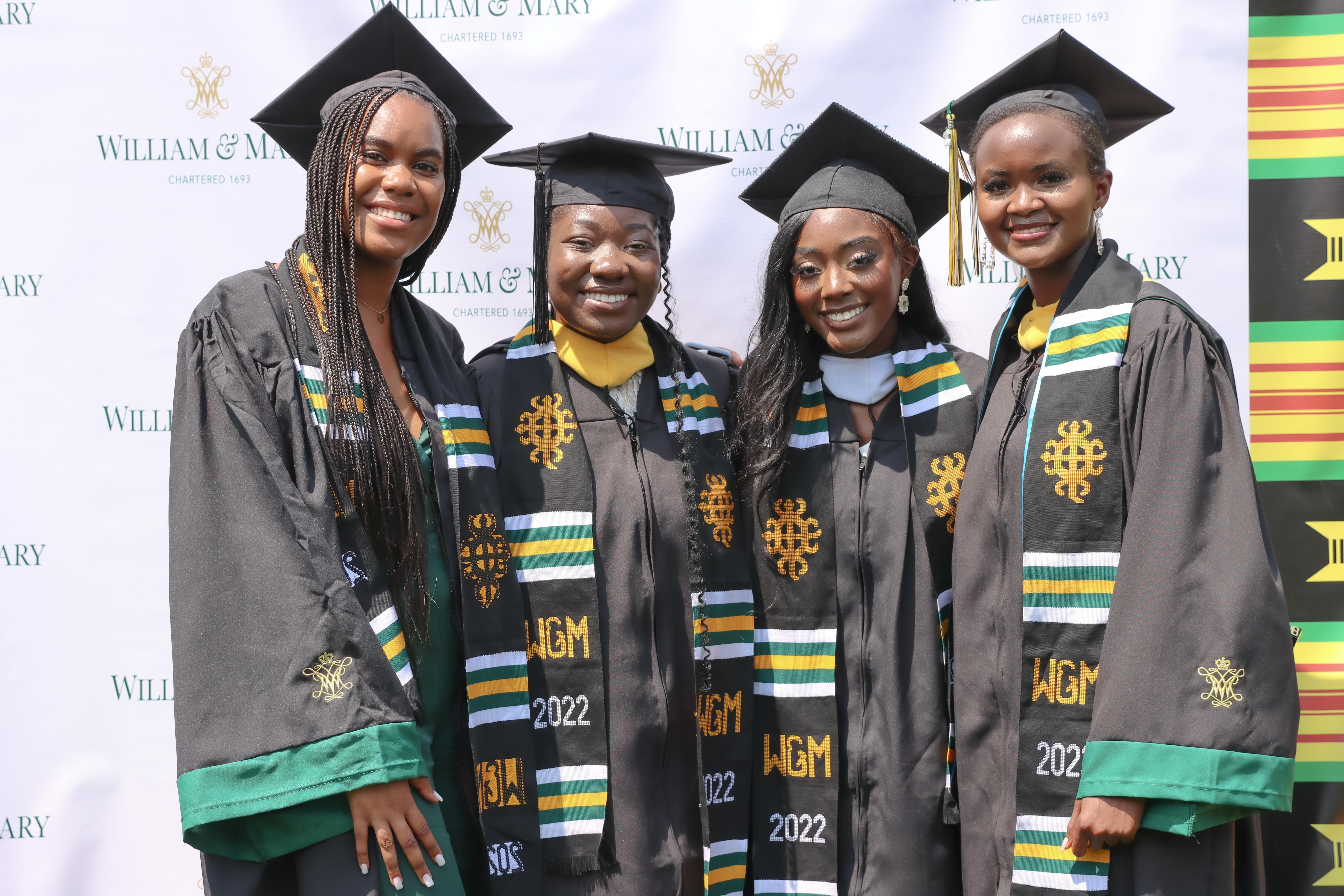By Dr. Jajuan Johnson, Mellon Postdoctoral Research Associate, The Lemon Project
Over the past two years, the Lemon Project Genealogy Initiative has built alliances with researchers in Williamsburg, the greater Tidewater area, and globally. Through training, our student interns help mine digital platforms and special collections to find extant sources providing more data about the lives of people once enslaved by the university. In fall 2022, Margaret Perry, a W&M alumnus and researcher at Colonial Williamsburg’s’ Apothecary Shop, met with Dr. Jody Allen, Lemon Project intern Alex Montano, and me to share medical account records that list names of people enslaved by William & Mary in the Galt Papers (Galt-Barraud Partnership, 1782-1799; John M. Galt I & Alexander D. Galt Operating as Galt & Son,1800-1808; and Alexander Galt, 1809 – 1841) located in the Special Collections Research Center at Swem Library.
The Galt Family Medical Practice
The Galt family medical practice lasted in the Williamsburg and Yorktown area from the late eighteenth century through the nineteenth centuries. Dr. John Minson Galt, I was educated at William & Mary and received medical in Edinburgh and Paris. In addition to his extensive independent medical practice, whereby he treated people enslaved by William & Mary and others, Galt I was also an attending physician of the Public Hospital of Williamsburg (currently Eastern State Hospital), the first psychiatric hospital in the United States. His son, Dr. Alexander D. Galt, and grandson of Dr. John M. Galt, carried on his practice; both served as superintendents of the hospital.[i]
The Findings
The Galt-Barraud Papers are the professional and personal papers of the Galt family of Williamsburg in the late eighteenth and early nineteenth centuries. The preliminary findings in the medical ledgers, notably the W&M account, revealed the following:
- The names of 28 people enslaved by W&M
- Lemon, who the Lemon Project is named after, is listed in the records 19 times from 1785 to 1814, indicating that he experienced health complications over a long period leading to his death.
- Six people not previously on our list appear in the Galt Papers and have been added to Hearth: Memorial to the Enslaved, as of March 2023
| Name | Dates & Records |
| Miame | 1786, 1787, 1788, 1790,1791, 1793,1794, Galt-Barraud Partnership Papers |
| Miame’s Child | 1788, 1789,1790,1795, Galt-Barraud Partnership Papers |
| Jamie | 1787, Galt Barraud Partnership Papers 1812, Alexander D. Galt Medical Records |
| Jim | 1785, Galt-Barraud Partnership Papers |
| Jimmy | 1783, Galt-Barraud Partnership Papers |
| Franky’s Child | 1787, 1796, 1799, Galt-Barraud Partnership Papers |
Our team, which includes Lemon Project intern Lena Bullard, a first-year William & Mary student, is further searching the records to gain clues about enslavers and the people held in bondage. These significant records provide additional information on the physical condition of people enslaved by the university, and there are lists of individuals and families of other enslavers.

[i] Galt Family of Williamsburg Source: The William & Mary Quarterly, Vol. 8, No. 4 (April 1900), pp. 259-262 (also see: W&M Knowledge Base, John Minson Galt, https://scrc-kb.libraries.wm.edu/john-minson-galt-1744-1808; see Dr. Barraud Historical Report https://research.colonialwilliamsburg.org/DigitalLibrary/view/index.cfm?doc=ResearchReports%5CRR1193.xml&highlight=
Comments closed

